Blighted Turf Symptoms: How To Treat Ascochyta Leaf Blight On Lawns
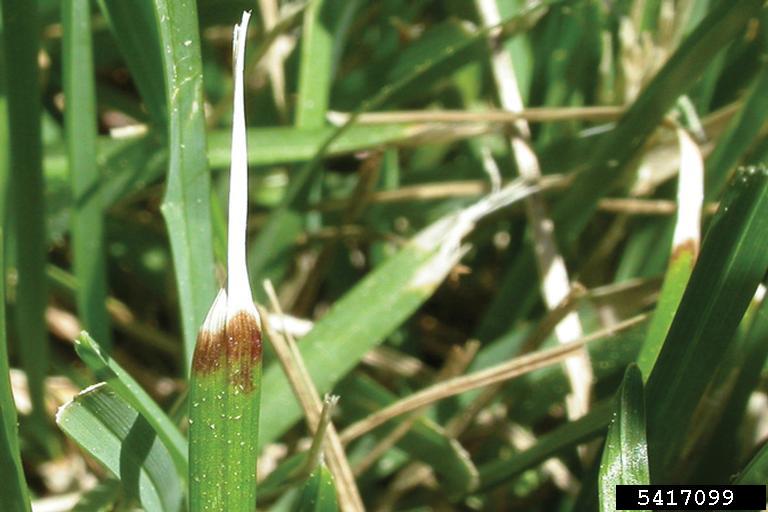

Lawns stretch out across suburbia like an endless grass sea, broken only by the occasional tree or flower patch, thanks to careful maintenance by an army of homeowners. When your lawn is healthy and green, it almost melts into the background, but as soon as brown, brittle grass appears, your lawn stands out like a neon sign. Blighted turf symptoms are common lawn troubles, often caused by turf stress and fungal diseases like ascochyta leaf blight.
What is Ascochyta Leaf Blight?
Ascochyta leaf blight on lawns is caused by an infection by the fungal pathogen Ascochyta spp. Many grasses are susceptible, but Kentucky bluegrass, tall fescue, and perennial ryegrass are the most common victims. Ascochyta leaf blight comes on quickly, causing large brown or bleached patches in lawns when the weather is quickly alternating between very wet and very dry, but the exact environmental trigger is unknown. You can positively identify an ascochyta leaf blight infection by examining damaged grass blades with a hand magnifying glass. Look for minute yellow to dark brown, flask-shaped fruiting bodies scattered on discolored grass blades. If you find them, don't panic, grass with leaf blight is rarely seriously injured since the fungus doesn't attack the crowns or roots.
Controlling Ascochyta Blight
Because aschochyta blight is so transient, it's difficult to time fungicidal treatments properly, but a good general care program can go a long way to helping your grass recover. Dethatch and aerate your lawn each year in the fall to increase water penetration and reduce hiding spots for fungal spores. Even irrigation throughout the growing season is recommended for grasses of all types, but don't allow your lawn to get soggy or leave grasses in standing water. Frequent, close mowing can increase the visibility of grass with leaf blight, so sharpen your blades and keep your grass at a height of 2 ½ to 3 inches (6.5 to 7.5 cm.). Reducing mowing frequency will give grass more time to heal between cuttings, reducing the opportunities for pathogens to enter the blades. Applying a balanced fertilizer can help strengthen grass, but avoid large applications of nitrogen, especially in the spring - excessive nitrogen increases the growth of new, succulent foliage that will require more frequent cutting.
Gardening tips, videos, info and more delivered right to your inbox!
Sign up for the Gardening Know How newsletter today and receive a free copy of our e-book "How to Grow Delicious Tomatoes".

Kristi Waterworth was a regular contributor to Gardening Know How for many years, answering countless queries on plant pests and diseases.
-
 Zinnias On Repeat: 10 Glorious Cut-And-Come-Again Varieties For Endless Summer Bouquets
Zinnias On Repeat: 10 Glorious Cut-And-Come-Again Varieties For Endless Summer BouquetsThese zinnia varieties keep giving all summer, making them the perfect choice for dedicated cutting gardens – or just the occasional homegrown bouquet.
By Ellen Wells
-
 Create A Romantic Garden Straight Out Of Bridgerton: Regency Era Romance In Your Garden
Create A Romantic Garden Straight Out Of Bridgerton: Regency Era Romance In Your GardenTry some romantic garden ideas straight out of Bridgerton. Flowers and gardens in the Regency era were lush and charming and you can get the same look!
By Bonnie L. Grant
-
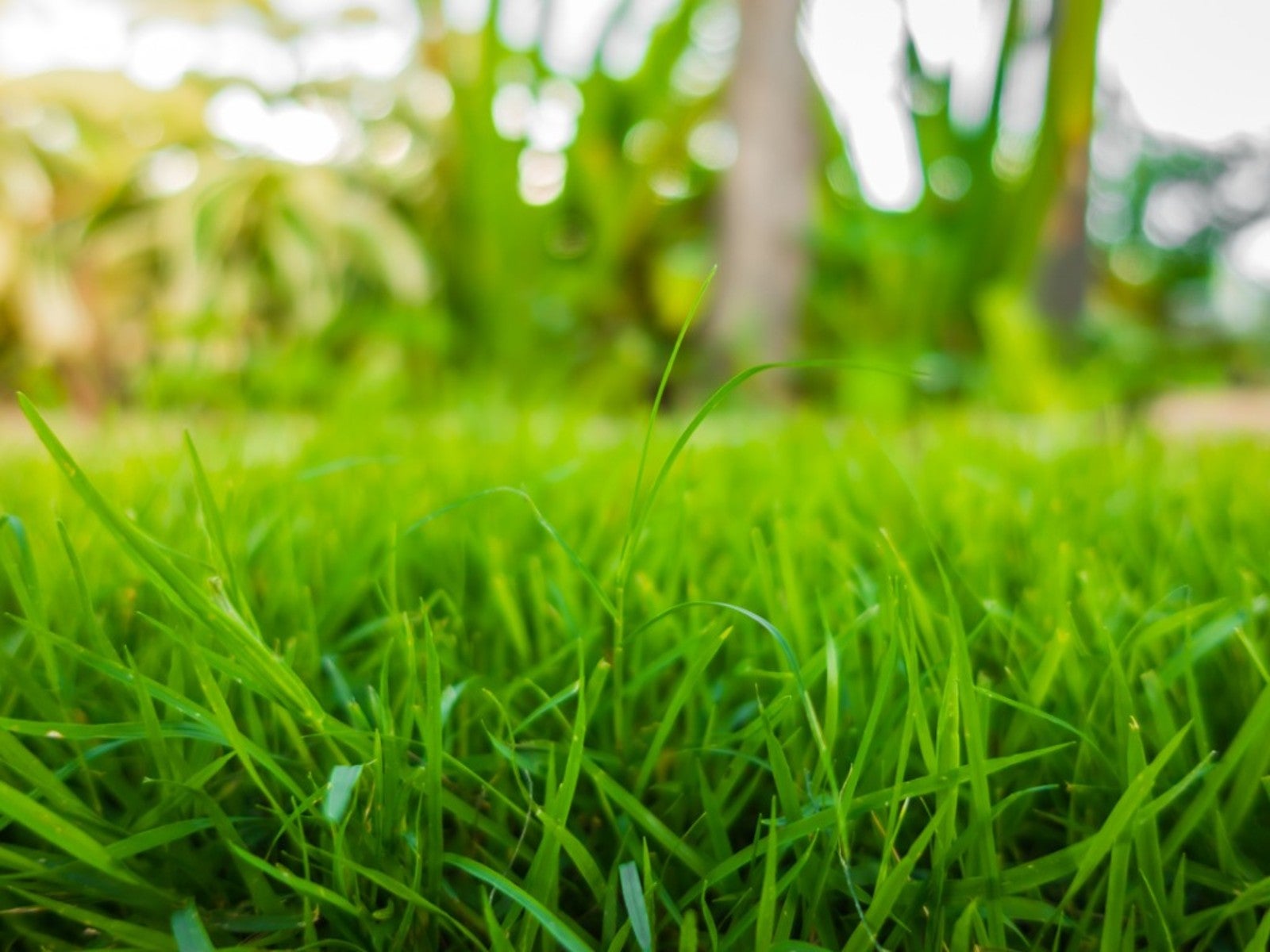 Sustainable Turf Species For A Greener Lawn
Sustainable Turf Species For A Greener LawnClick here for some of the most sustainable types of turf grass you can grow for an eco-friendly lawn.
By Bonnie L. Grant
-
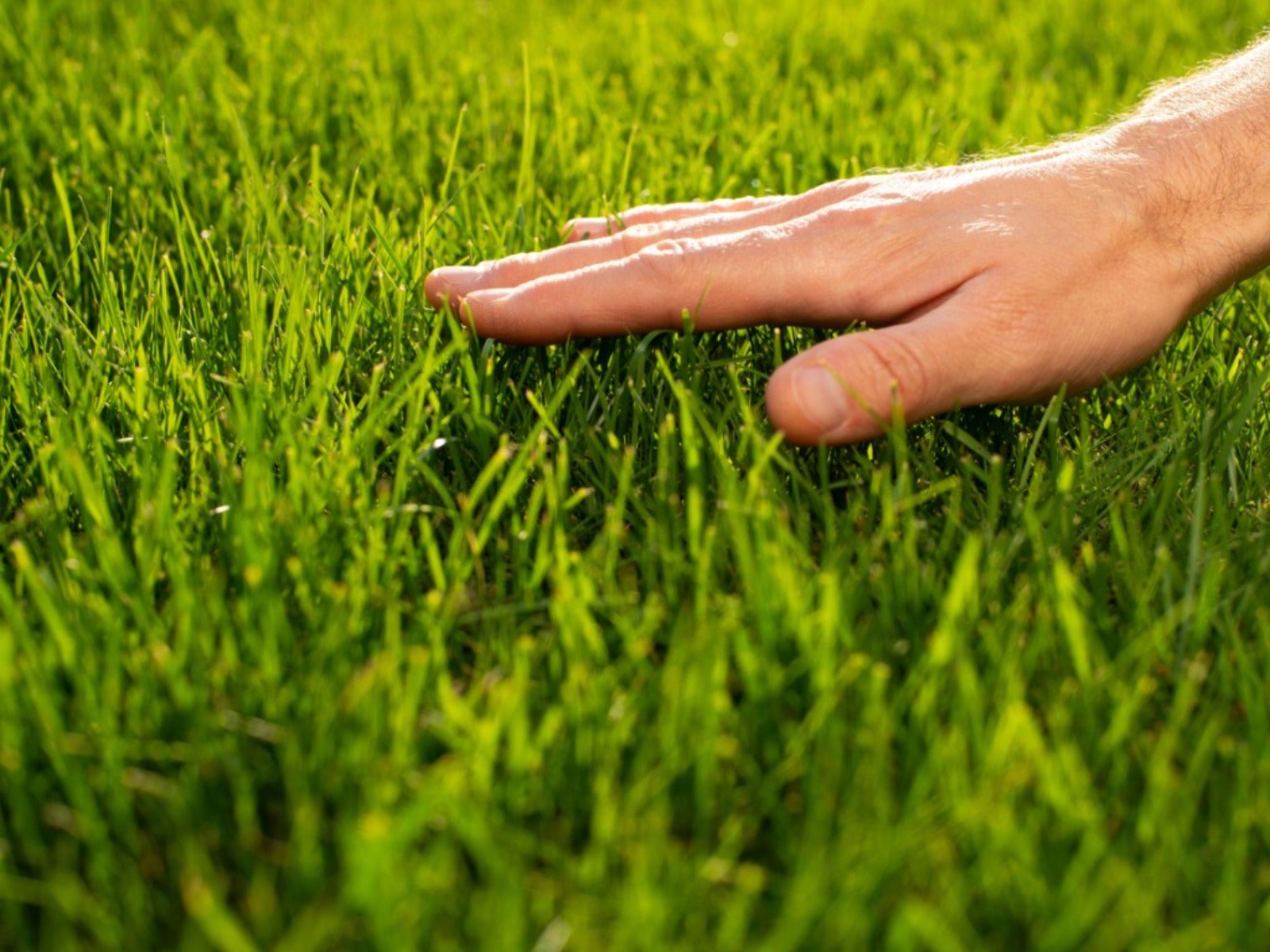 How To Grow A Sustainable Lawn
How To Grow A Sustainable LawnAdjust your thinking about a perfect green lawn and consider more sustainable methods. Click here to learn how.
By Mary Ellen Ellis
-
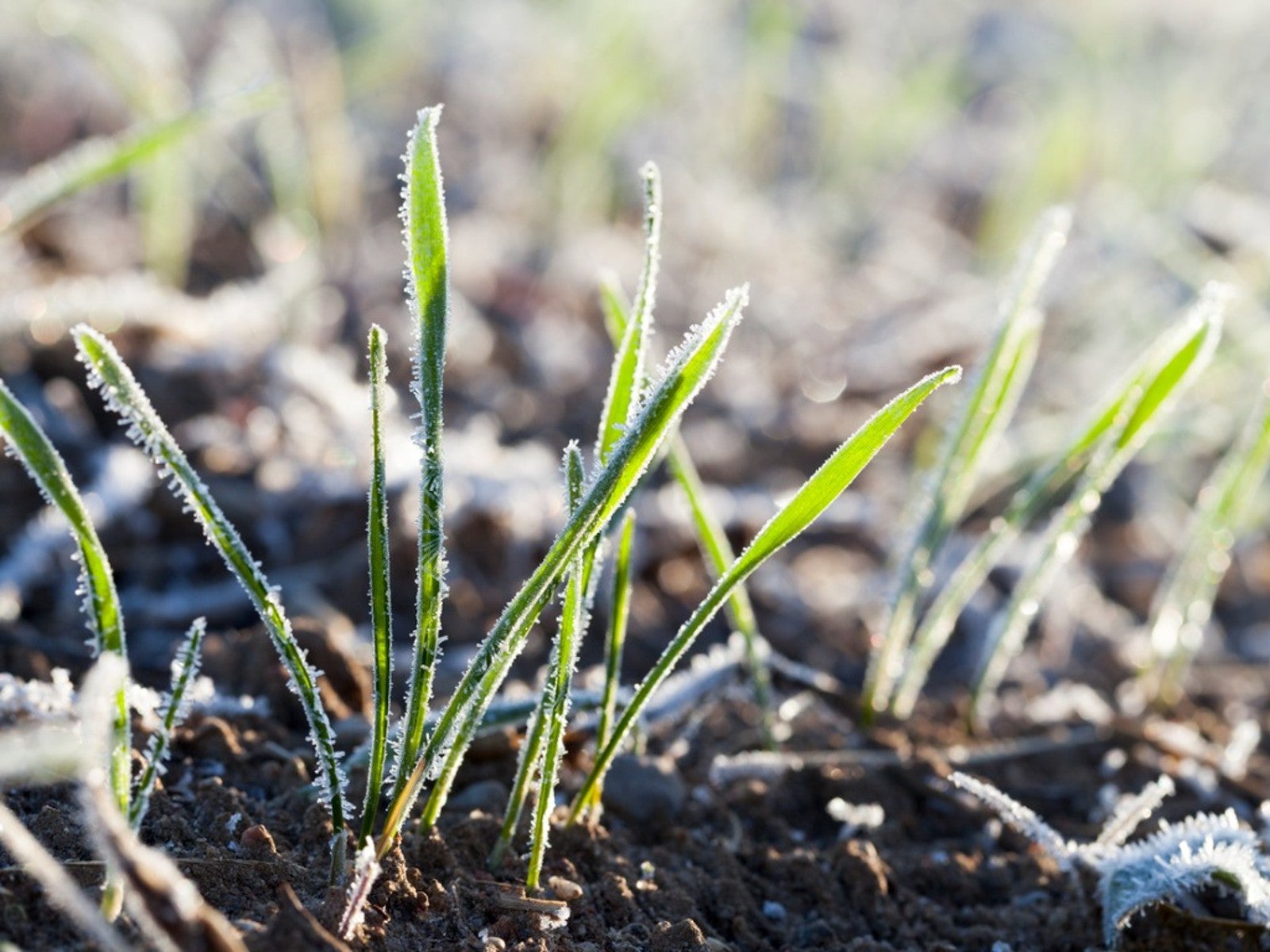 Will Frost Kill Grass Seed And How To Help New Turf Survive
Will Frost Kill Grass Seed And How To Help New Turf SurviveLearn how to help your newly sown grass survive frost and freezing weather.
By Amy Grant
-
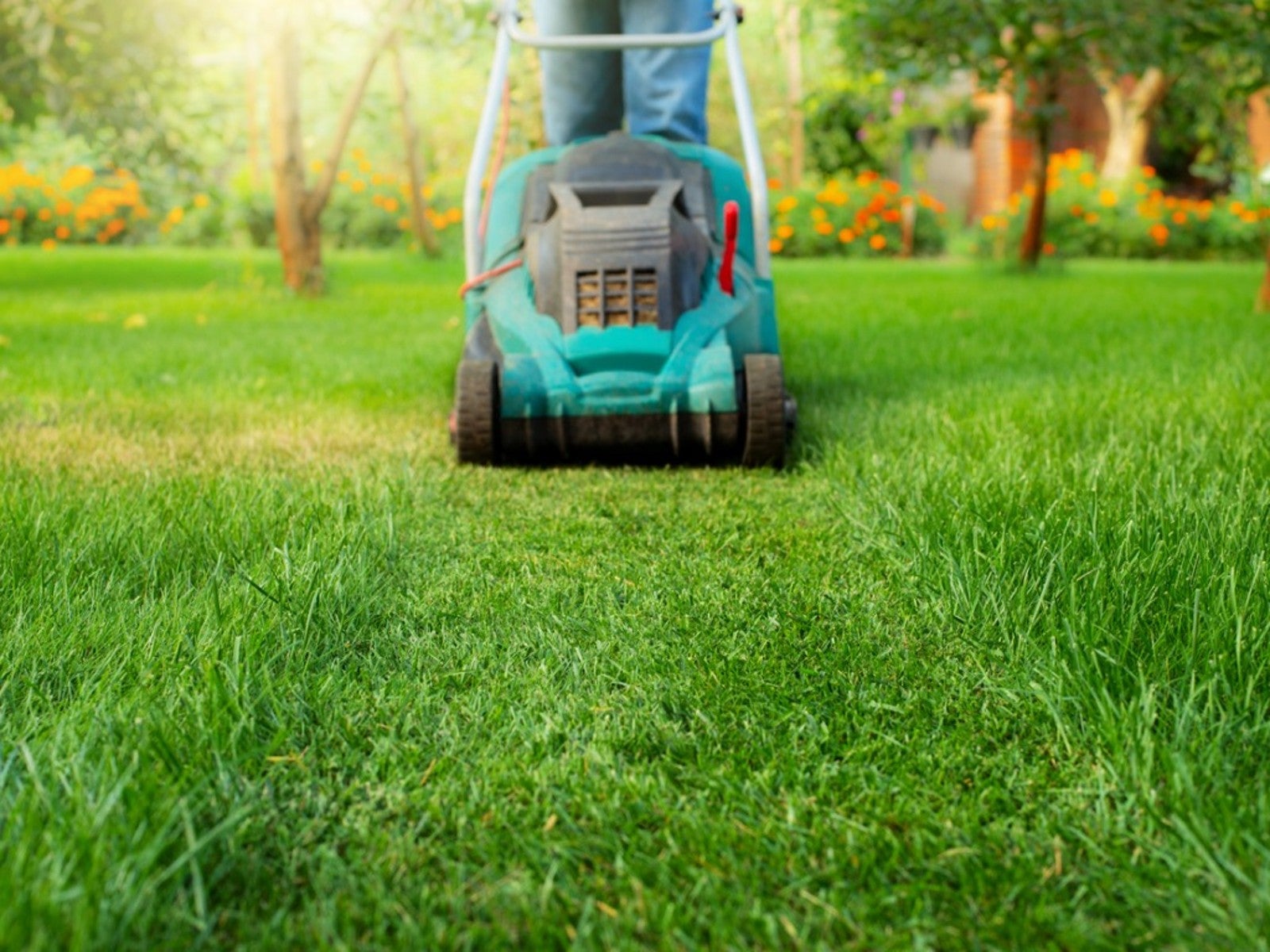 Lawn Problems That Aren’t Really Problems
Lawn Problems That Aren’t Really ProblemsYour lawn may not require as much work as you think. Learn which common problems aren’t really problems.
By Teo Spengler
-
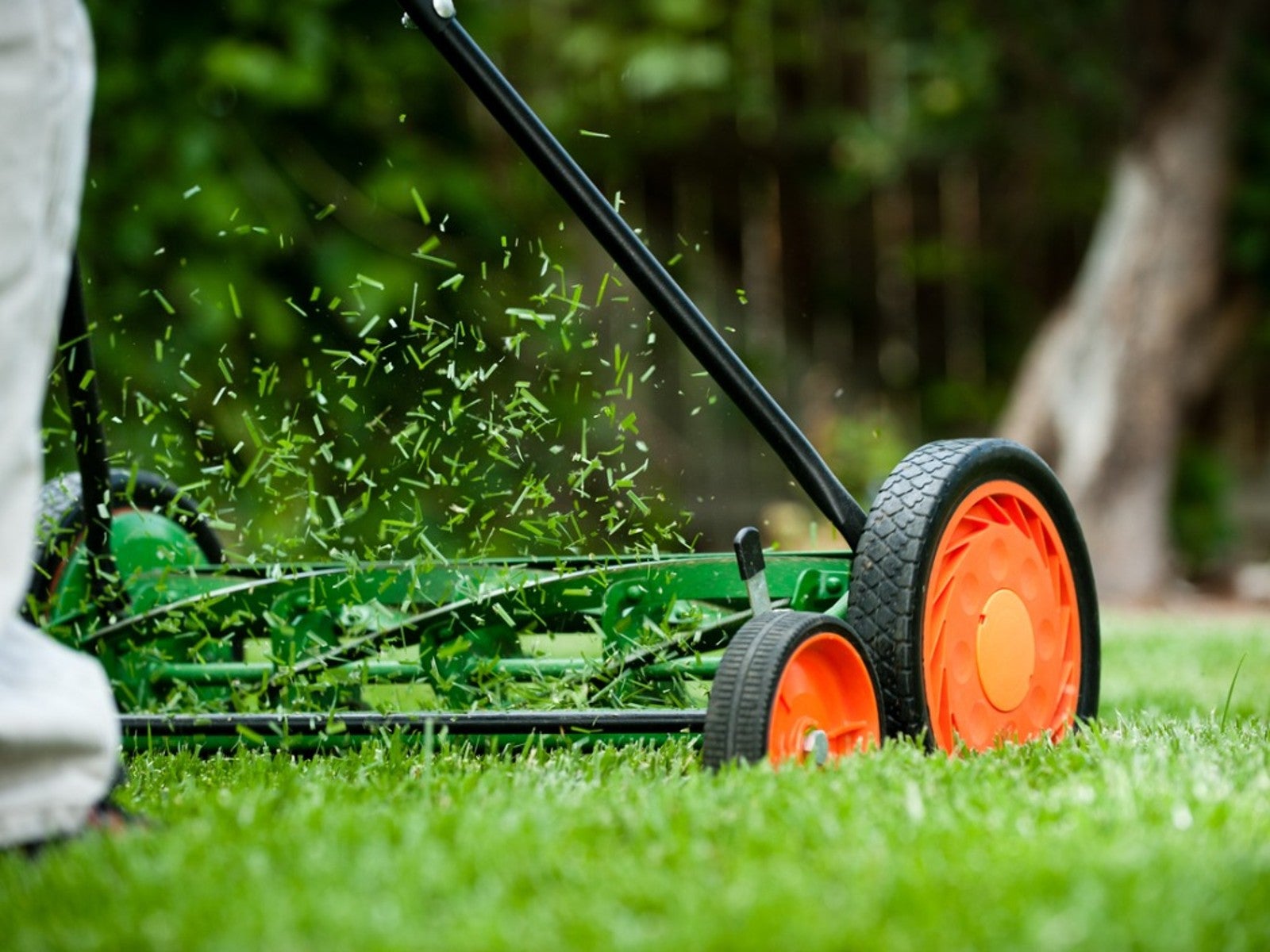 Why A Manual Push Mower Is Good For You And The Environment
Why A Manual Push Mower Is Good For You And The EnvironmentReel mowers are making a comeback, but why? Click here to learn about reel mower pros and cons.
By Amy Grant
-
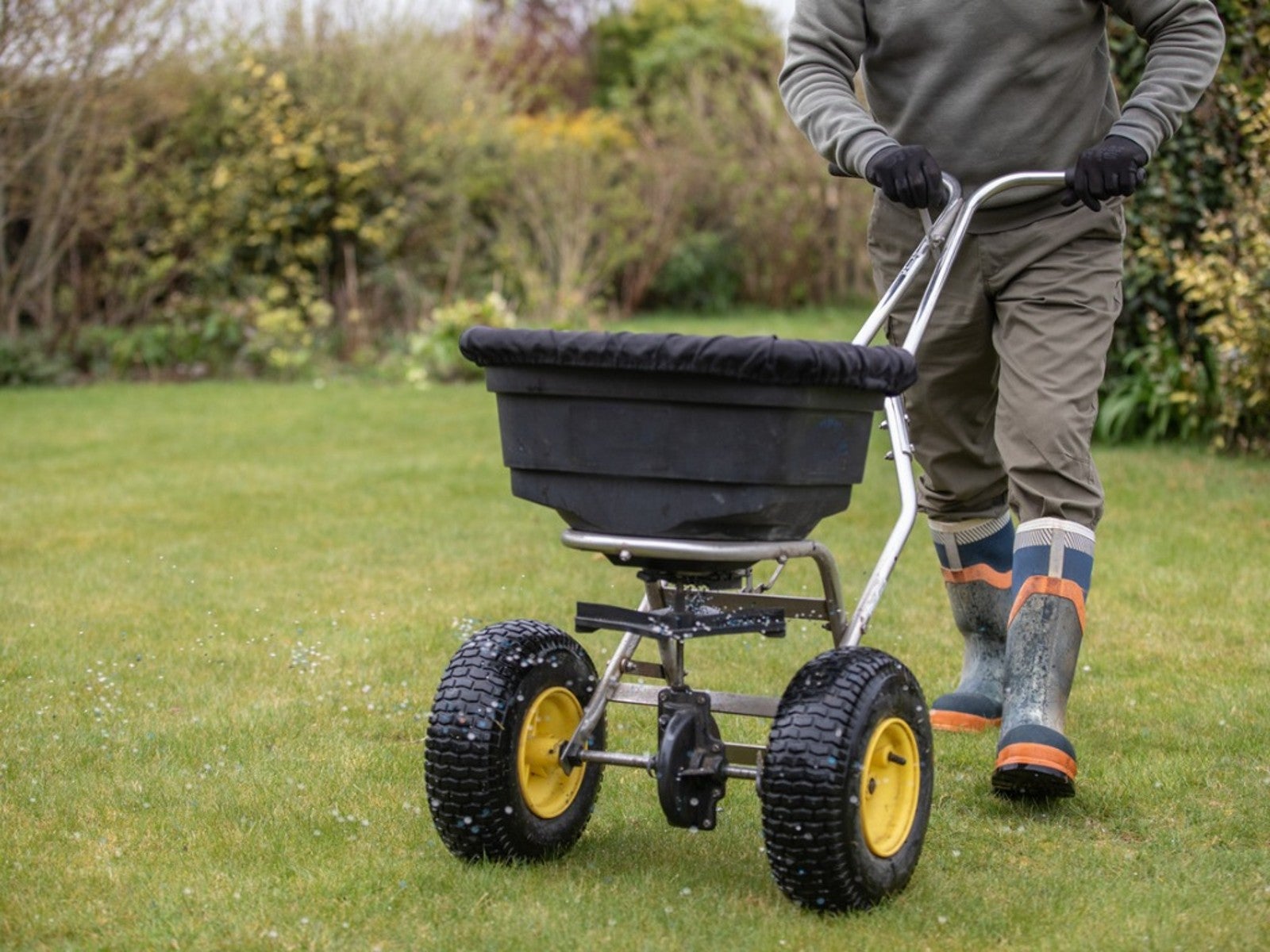 Fertilize Grass In Fall For A Lush Lawn In Spring
Fertilize Grass In Fall For A Lush Lawn In SpringFor everything you need to know about fertilizing your lawn in the fall, click here.
By Susan Albert
-
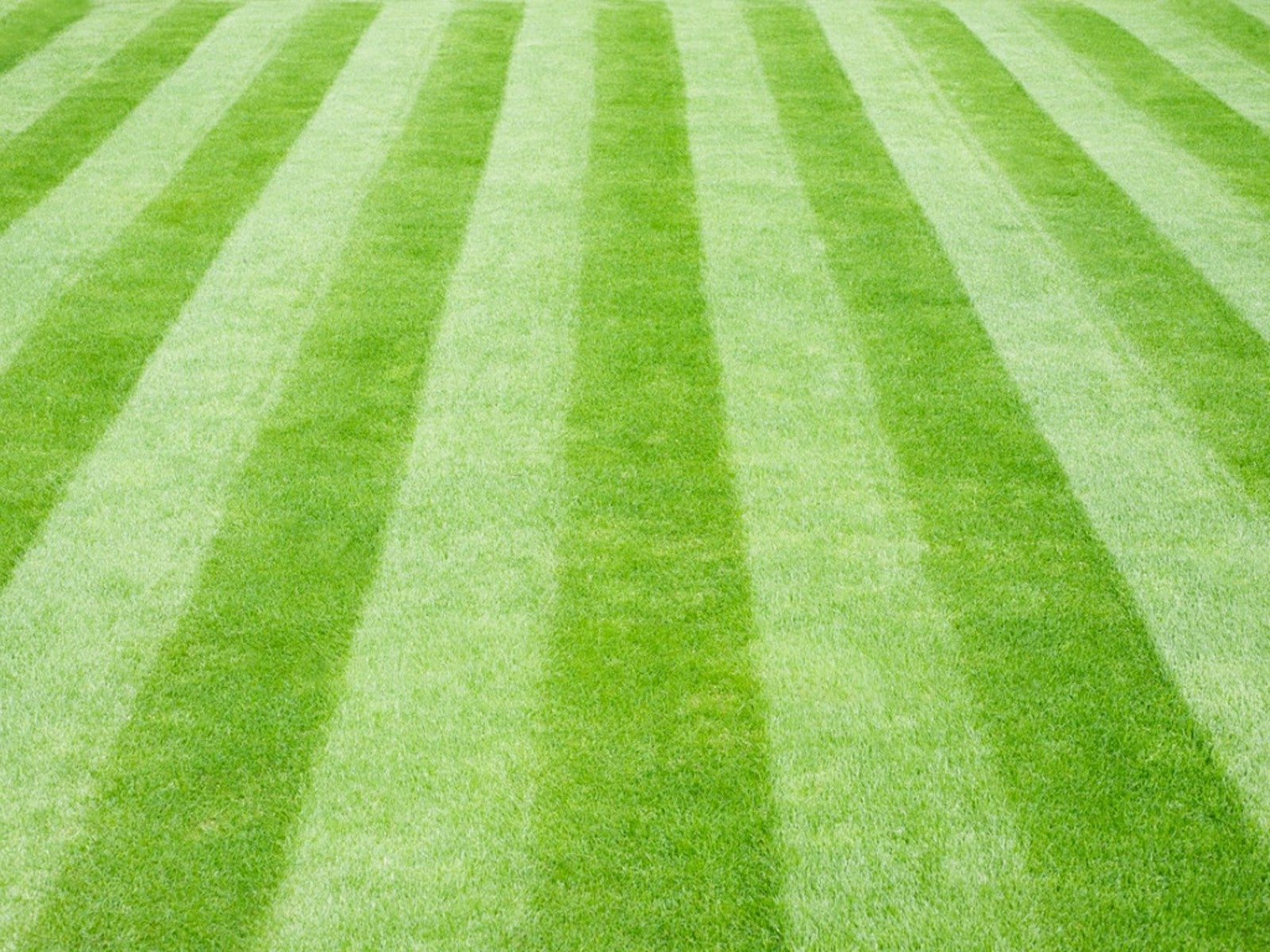 Tips For Mowing Stripes In Lawn
Tips For Mowing Stripes In LawnWouldn’t it be great to have stripes in your lawn like a sports field? Learn how here.
By Susan Albert
-
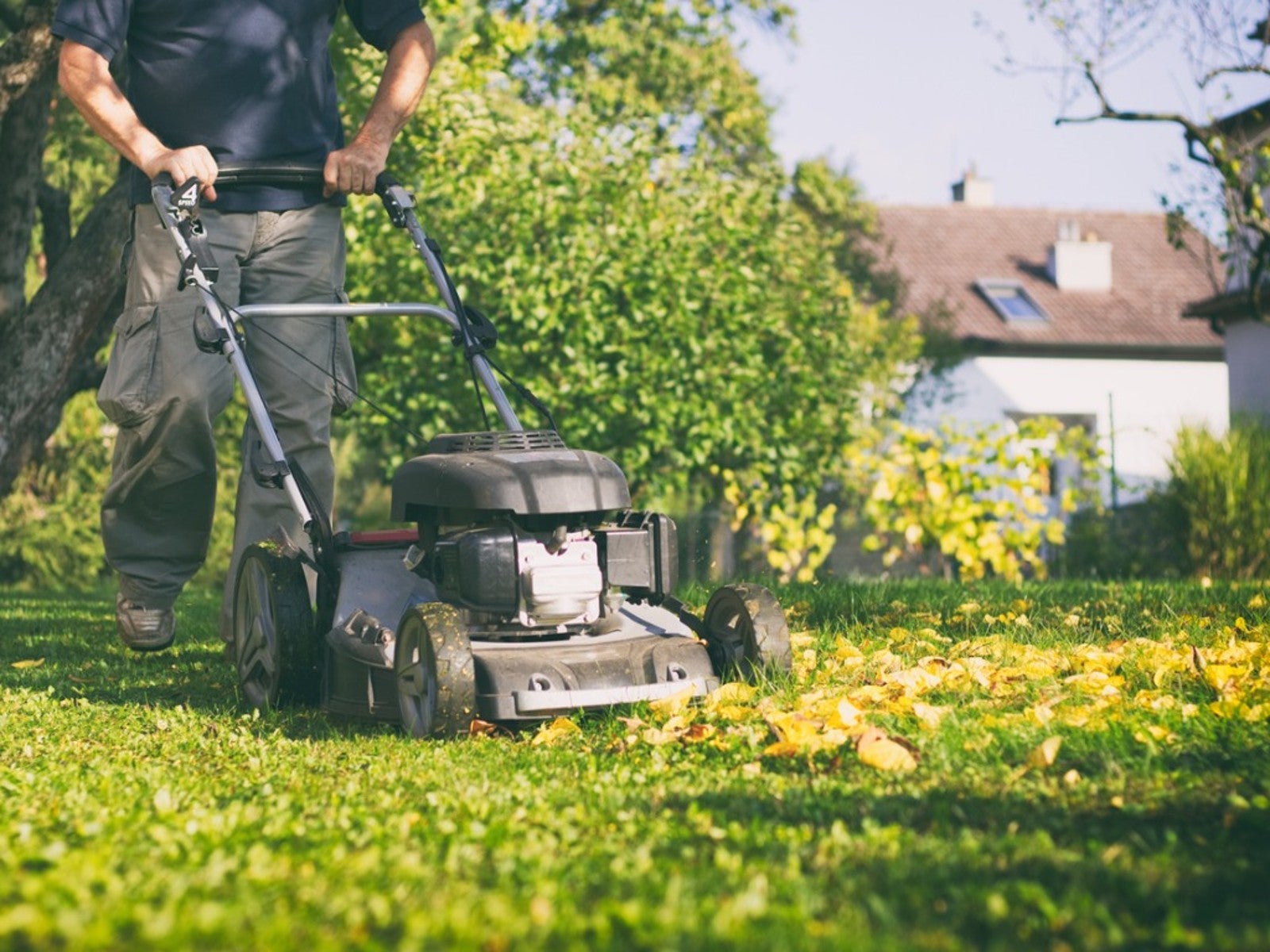 Late Summer Lawn Care Checklist
Late Summer Lawn Care ChecklistPlan to do some late summer care and maintenance of your lawn so it will be healthy and beautiful in the spring. Here are some tips.
By Laura Miller